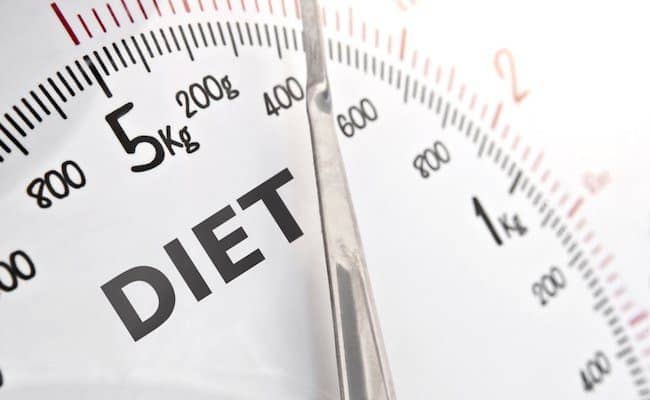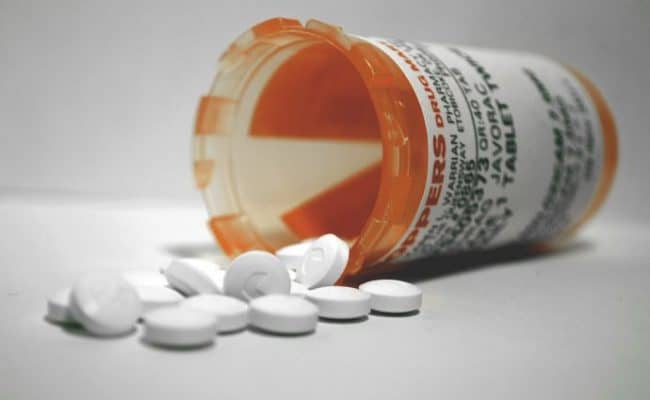
Losing weight is different than burning fat; weight loss is a catch all term that encompasses whenever the number on the scale goes down. Burning fat happens when your body uses fat stores for energy that may or may not result in weight loss.
Just because someone has weight loss doesn’t mean its fat that is coming off. Weight loss can be a combination of losing water weight, muscle mass or fat.
If your goal is weight loss, ideally you want to lose the majority as fat, not just water or lean tissue.
Excess amounts of fat on the body can increase risk for many diseases, no matter if your weight is considered ideal or obese.
When does your body use fat?
Your body has two main sources of fuel: carbohydrates and fat. We can get these energy sources from food, and our body also stores both that we can use when we don’t eat. The body can also use protein as a fuel, but that is usually a last resort.
In reality, our bodies use a combination of fat and carbohydrate for fuel, but there are times when our bodies use more carbohydrate or more fat.
There are different ways the body uses energy, but one of the biggest ways we can affect calorie burn is through exercise.
The body uses the highest percentage of fat for fuel during low to moderate activity, which includes at rest. One way to help train your body to burn more fat is to increase the amount of exercise you do at low-moderate intensity.
However, just doing moderate exercise alone has shown to have variable effect on weight loss.
Researchers have found that adding in high intensity interval training (HIIT) can help promote greater fat loss.
A 2011 review (1) suggests some research studies found a significant difference between fat loss in women who just did aerobic exercise compared to women who also did HIIT.
High intensity exercise burns a higher percentage of carbohydrate, but researchers suggest fat burn is higher after exercise with HIIT and appetite may be suppressed.
How can you increase fat burn?
Increasing your exercise and adding a variety of moderate and HIIT exercise can be a general guideline for helping to increase fat burn. Adding in resistance training can help you keep your muscle mass while trying to lose fat.
What is not recommended is taking supplements that promote fat loss! If a claim on a weight loss supplement sounds too good to be true, it is. Taking a supplement will not drastically alter your metabolism to turn you into a fat burning machine.
Another way to increase your fat burn is to drastically cut back on your carbohydrate intake, increasing healthy fat sources and eating adequate protein.
This is referred to as a ketogenic diet. When the body gets depleted of carbohydrate sources, it will start to break down proteins and fat. When fat molecules are rearranged by the body to act like carbohydrates, they produce something called ketones.
The safety of following a ketogenic diet long term is debated (2), but some research studies have shown that following a ketogenic diet can help people lose fat. Before trying a ketogenic diet, speak with your doctor and follow their advice.
When weight loss is probably water or muscle loss
How do you know if you are losing water weight, muscle or fat?
It can be hard to tell. In reality, it’s rarely 100% of one thing.
The first few weeks of going through a weight loss period can be mostly water weight loss.
Your water level and partially digested food in your gastrointestinal tract can fluctuate through the day and add variance to the number you see on the scale.
These two factors are quicker to change with drastic diet changes both more and less.
Drastic fat loss can take a longer response than losing water weight. Muscle loss can also happen with weight loss, and can especially occur when food intake is cut drastically without exercise.
Having more muscle mass can be beneficial for metabolism, so cutting muscle is not recommended.
Cutting food intake sensibly and doing a combination of aerobic and strength training can help you keep your muscle mass while trying to lose body fat.
How can you promote fat loss instead of muscle loss?
Losing fat mass can take time and a long term commitment. Doing a fad diet for a few weeks and losing mainly water weight may help you reach a number on the scale, but it probably won’t affect long term goal of burning fat.
Make sure you’re eating enough nutrient dense foods that can maintain muscle mass without lowering your metabolic rate, and strength training with proper diet can help keep your muscle.
Working with health and exercise professionals can help ensure you are getting adequate nutrition and effectively losing weight.
You may be burning fat but not seeing it on the scale
Instead of only using your weight as an assessment for weight progress, remember you may be losing inches and gaining muscle.
Losing inches around your waist or seeing more muscle definition in your body are indicators you are burning more fat.
Don’t get locked into a number
A bigger picture goal for your health is a combination of things: healthy eating habits, healthy stress levels, adequate sleep, getting enough movement through the day, body fat percentage and healthy lab results.
The number on the scale or your BMI number play a factor too, but it’s not the only number that matters for your health.
You could be losing weight that shows up on the scale, but your eating patterns or exercise habits may not be healthy.
Always make sure you’re not getting tunnel vision on weighing a certain number without zooming out to look at the bigger picture for your health.










